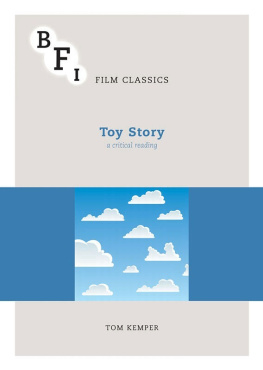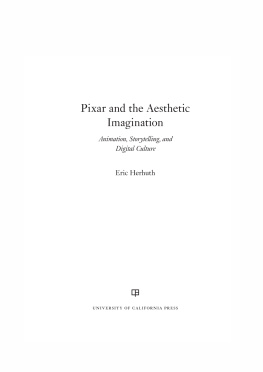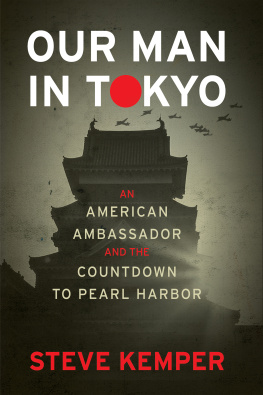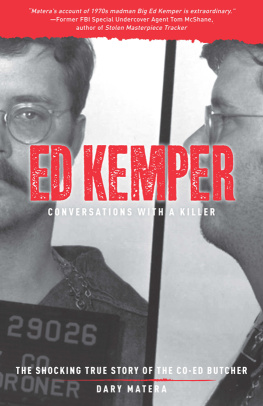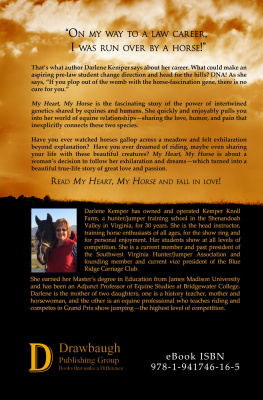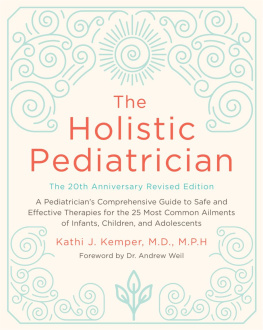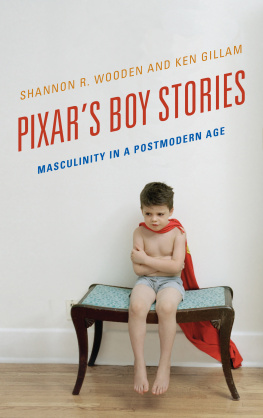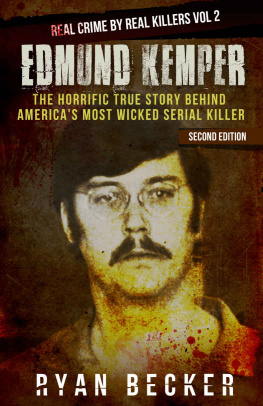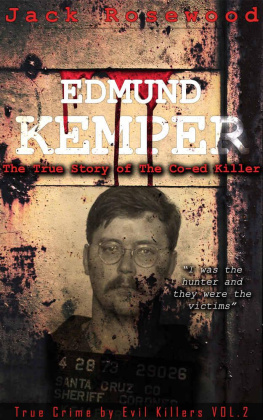BFI Film Classics
The BFI Film Classics is a series of books that introduces, interprets and celebrates landmarks of world cinema. Each volume offers an argument for the films classic status, together with discussion of its production and reception history, its place within a genre or national cinema, an account of its technical and aesthetic importance, and in many cases, the authors personal response to the film.
For a full list of titles available in the series, please visit our website:
Magnificently concentrated examples of flowing freeform critical poetry. Uncut
A formidable body of work collectively generating some fascinating insights into the evolution of cinema.
Times Higher Education Supplement
The series is a landmark in film criticism.
Quarterly Review of Film and Video
Possibly the most bountiful book series in the history of film criticism.
Jonathan Rosenbaum, Film Comment
Editorial Advisory Board
Geoff Andrew, British Film Institute
Edward Buscombe
William Germano, The Cooper Union for the Advancement of Science and Art
Lalitha Gopalan, University of Texas at Austin
Lee Grieveson, University College London
Nick James, Editor, Sight & Sound
Laura Mulvey, Birkbeck College, University of London
Alastair Phillips, University of Warwick
Dana Polan, New York University
B. Ruby Rich, University of California, Santa Cruz
Amy Villarejo, Cornell University
Toy Story
a critical reading
Tom Kemper

For Dash and Jack
Tom Kemper 2015
All rights reserved. No reproduction, copy or transmission of this publication may be made without written permission. No portion of this publication may be reproduced, copied or transmitted save with written permission or in accordance with the provisions of the Copyright, Designs and Patents Act 1988, or under the terms of any licence permitting limited copying issued by the Copyright Licensing Agency, Saffron House, 610 Kirby Street, London EC1N 8TS. Any person who does any unauthorised act in relation to this publication may be liable to criminal prosecution and civil claims for damages.
The author has asserted his right to be identified as the author of this work in accordance with the Copyright, Designs and Patents Act 1988.
First published in 2015 by
PALGRAVE
on behalf of the
BRITISH FILM INSTITUTE
21 Stephen Street, London W1T 1LN
www.bfi.org.uk
Theres more to discover about film and television through the BFI. Our world-renowned archive, cinemas, festivals, films, publications and learning resources are here to inspire you.
Palgrave in the UK is an imprint of Macmillan Publishers Limited, registered in England, company number 785998, of 4 Crinan Street, London N1 9XW. Palgrave Macmillan in the US is a division of St Martins Press LLC, 175 Fifth Avenue, New York, NY 10010. Palgrave is a global imprint of the above companies and is represented throughout the world. Palgrave and Macmillan are registered trademarks in the United States, the United Kingdom, Europe and other countries.
Cover image: Cartoon Cloudscape/Colonel/Getty Images
Series cover design: Ashley Western
Series text design: ketchup/SE14
Images from Toy Story (John Lasseter, 1995), Walt Disney Pictures/Pixar; Toy Story 2 (John Lasseter, 1999), Disney Enterprises/Pixar; 100 Cans, Andy Warhol, 1962; Woman with Flowered Hat, Roy Lichtenstein, 1963; Northwest Hounded Police (Tex Avery, 1946), Metro-Goldwyn-Mayer; Newsweek, 27 June 1988; Aladdin (John Musker/Ron Clements, 1992), The Walt Disney Company; Disney promotional film (1957), The Walt Disney Company; Duck Amuck (Chuck Jones, 1953), Warner Bros.; Rabbit Seasoning (Chuck Jones, 1952), Warner Bros.; Wackiki Wabbit (Chuck Jones, 1943), Warner Bros.; Porky in Wackyland (Robert Clampett, 1938), Vitaphone Corporation/Warner Bros.; Bicycle Wheel, Marcel Duchamp, 1913; Talking Tina/Living Doll, The Twilight Zone (Richard C. Sarafian, 1963), Cayuga Productions/CBS.
Set by Cambrian Typesetters, Camberley, Surrey
Printed in China
This book is printed on paper suitable for recycling and made from fully managed and sustained forest sources. Logging, pulping and manufacturing processes are expected to conform to the environmental regulations of the country of origin.
British Library Cataloguing-in-Publication Data
A catalogue record for this book is available from the British Library
A catalog record for this book is available from the Library of Congress
ISBN 9781844576678
Acknowledgments
I have to thank Dana Polan for supporting an earlier proposal for the series, and the BFI Film Classics Editorial Board for suggesting this title to me as well as for their enthusiasm for my work. An anonymous reader for the press offered an incredibly gracious and constructive response to the first draft. I was very moved by the readers generosity and the final version gained immeasurably from the readers suggestions. Ellen Seiter invited me to speak on my work to her seminar on toys and media, and I thank her and her students for availing me of the opportunity to air some of the ideas here as well as for their feedback. An invited talk at the University of the Arts in Philadelphia offered another opportunity to fine-tune my perspective on the film and I thank the faculty there for an engaging and stimulating conversation. Alison Trope, Paul Leslie, Dana and Ellen read portions and offered important support. Alec Sokolow and Joel Cohen shared their early screenplay drafts, production notes and memos, as well as memories of the films initial writing and development process. Jenna Steventon, Sophia Contento and Lucinda Knight guided me through publication with patience and enthusiasm.
Finally, my sons Dash and Jack provided, as always, robust and energetic partners in play, discerning companions in watching hundreds of cartoons (research!), and, with their most wonderful mother, my constant inspiration.
Power Pop
Pixar Studios 1995 film Toy Story, like many great works of popular culture, sustains a dynamic vitality, at times even vulgar and anarchic. It proved instantly appealing to audiences, who continue to find the film engrossing and invigorating. Through its wild innovations and surprising story, the film engages a utopian spirit of freedom and imagination, suspending us from our conventional expectations by celebrating our capacity to dream (toys springing to life). The film galvanises our facility to envision alternative realities and different perspectives, seeing the world afresh from another scale and conjuring up our own memories and spirit of childhood play.
It became the top earning film of 1995 and racked up three Academy Award nominations, including one in the Best Original Screenplay category, a first for an animated feature. The films commercial and artistic success launched computer animation as an exciting new medium, creating a successful alternative to Disney that inspired more companies to invest in animated features, thereby contributing to what many considered a new golden age of animation.
Toy Storys two sequels distinguished themselves no less than the original, as the central themes of the first film gained even greater emotional depth in each iteration. The second film demonstrated a capacity to combine surprising and enticing action while remaining faithful to the originals expressive currents. The third film developed the original movies theme of loss into a stirring exploration of maturity and closure.
Next page
